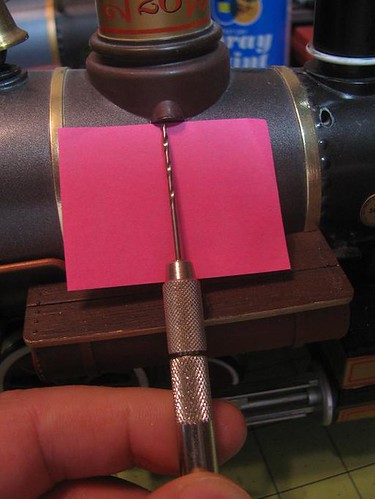Another lower adhesive materiel is frisket paper. https://www.amazon.com/Grafix-Purpose-Frisket-9-Inch-12-Inch/dp/B004QVBQBG I have used this stuff for custom stenciling in my car days as well as for etching glass. It is very low adhesive and for just protecting a surface for drilling should work.
As for lifting metallic paints have you oversprayed them with clear? Also from my car days I would paint my color paint and then blast on the clear coat (just like the real car guys do it) to protect it and put a shine on it. But they make clears in all sheens. Now I used dull coat to affix my weather stuff. A couple coats of clear should hold down you metalic and then you can apply a low adhesive substrate. Also are you priming with a self etching primer. That should help bind top coats. I am just now experimenting with it and can’t back what I suspect.
I think a good paint scheme I should think would be a self etching primer, paint, and then a healthy layer of clear. I would think this should hold down metalics. Just my thoughts anyways. Also Not sure if you know this or not but several thin coats adhere better than one massive one. Not sure how acrylics do in this department but it works for me in enamel (again car days.)
